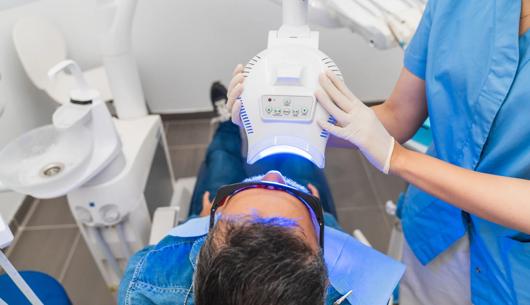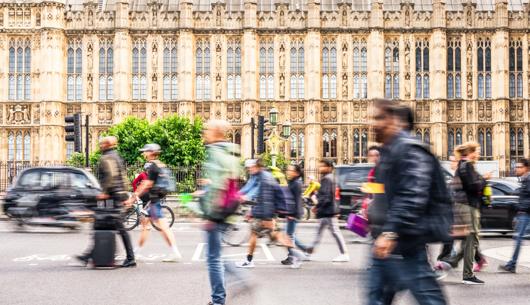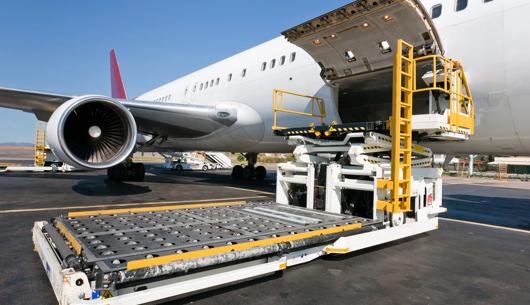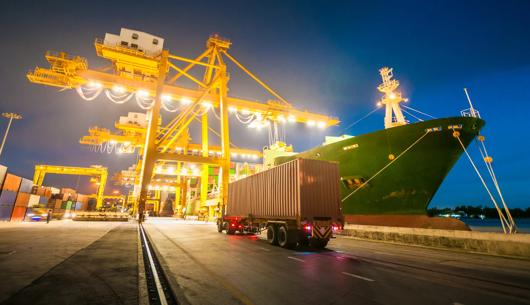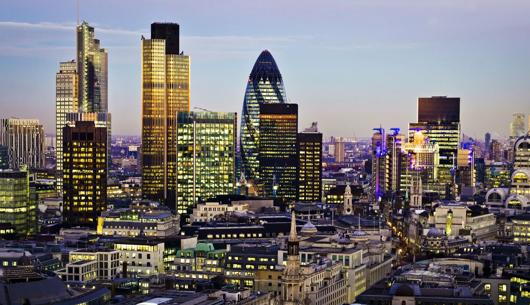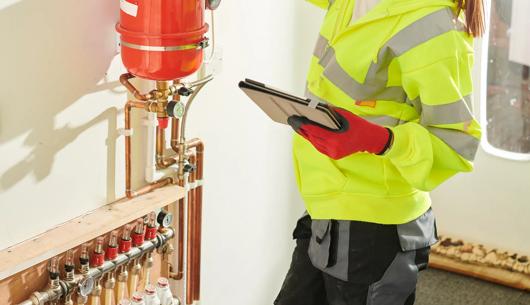Environment
0.5 per cent of English waters designated HPMAs following Defra consultation
0.5 per cent of English seas are to be designated as Highly Protected Marine Areas (HPMAs) following Defra’s consultation last year. The allocation of three of the five candidate sites as HPMAs forms part of the government’s target to protect 30 per cent of marine waters by 2030.
Headlines
- Defra’s consultation on proposals to designate five candidate HPMAs ran from 6 July 2022 to 28 September 2022. From 915 responses, 56 per cent of respondents supported the designation of pilot HPMAs in English waters.
- Out of the five candidate sites, three stretches of water off England - Dolphin Head (Eastern Channel), Allonvby Bay (Irish Sea) and the North East of Farnes Deep (Northern North Sea) – were selected to be protected from harmful human activities, such as fishing, mining and development.
- The most common reason for opposition to HPMAs in responses to the consultation was the direct (30 per cent) and indirect (22 per cent) impact on livelihoods. Proposals for two other candidate sites, comprising Northumberland’s Holy Island and Trevelyan Inner Silver Pit South (16 miles off the coast of Lincolnshire) were abandoned following concern for the local fishing economies.
Key background
- HPMAs are defined within the Benyon Review (an independent 2019 report commissioned by Defra) as “areas of the sea that allow the protection and recovery of marine ecosystems by prohibiting extractive, destructive and depositional uses, and allowing only non-damaging levels of other activities to the extent permitted by international law”.
- Following the Benyon Review, Defra worked with its Arm’s-Length Bodies (comprising Defra’s non-departmental public bodies, executive agencies and non-ministerial departments) to identify the five candidate sites based on ecological, social and economic criteria.
- Under the Marine and Coastal Access Act 2009, Defra is required to designate the three selected areas within 12 months of the start of the consultation, i.e. before 6 July 2023.
- A designation order will be made under section 116 of the Marine and Coastal Access Act 2009, which will state (1) the boundaries of the HPMA, (2) what it is protecting and (3) its conservation objectives.
The direction of travel
Both academics and campaigners have expressed concern with the current speed of progress. The biggest campaign targeted at the consultation came from Greenpeace supporters, with two key concerns being that (1) five sites was not enough to achieve the government objective of protecting 30 per cent of UK waters by 2030 and that (2) elements of industrial fishing should be banned in existing Marine Protected Areas (MPAs).
In Scotland, ministers have committed to designating at least 10 per cent of Scottish waters as HPMAs by 2026.
Defra is planning to explore further HPMA candidate sites in due course.
Why is this significant?
The designation of HPMAs highlights the complexity of what has been term as “spatial squeeze” within British waters, as recently highlighted by the All-Party Parliamentary Group on Fisheries. Of the over 7,000 miles of British coastline, there are increasing competing demands from fishing communities, energy companies and conservationists.
In addition to offshore wind farms such as that of Rampion 2 off the Sussex coastline and Hornsea 2, the world’s largest offshore windfarm, there are competing demands for other forms of cleaner energy generation. The tidal energy generation incubator project in Anglesey (Morlais), for example, aims to provide the infrastructure for developers of tidal energy converters to deploy their tidal devices on a commercial scale and has the potential to generate up to 240MW of electricity.
In addition, environmental experts are campaigning for current fishing waters to be replaced with less environmentally damaging forms of food production, such as seaweed and kelp farming; in Scotland, the Scottish Association for Marine Science has developed two experimental seaweed farms to research this growing industry.
When it comes to marine protection, although 48 per cent of British seas are currently designated some sort of protection, there has been legal critique of what is defined as “protected”, with marine protected areas still allowing bottom trawling fishing practices which damages the sea bed.
A private member’s bill, the Marine Protected Areas (Bottom Trawling) Bill, was introduced in 2022, but has since been abandoned. It proposed a prohibition of bottom trawling in MPAs but allowed exceptions “to support small-scale fisheries… in areas where bottom trawling would not cause serious environmental damage”. Critics would argue that this concession fails to appreciate the importance of areas which have been depleted of life through anthropogenic pressures and risks marine environments being left with pockets of protected areas selected for a few habitat features or species, neglecting the entire ecosystem.
It is important that the government is committed to halting biodiversity loss and creating HPMAs in accordance with expert guidance. In order to meet the objectives of the 25-year Environmental Plan, it is likely that more HPMAs will need to be created in due course to adequately protect 30 per cent of UK waters by 2030.
Key contact

Mark Hickson
Head of Business Development
onlineteaminbox@brownejacobson.com
+44 (0)370 270 6000





